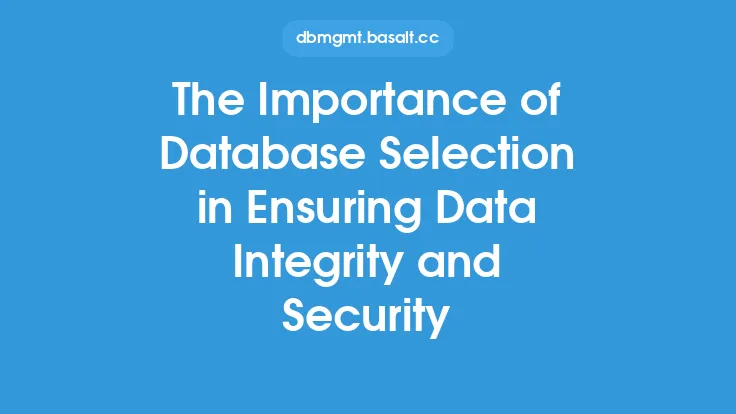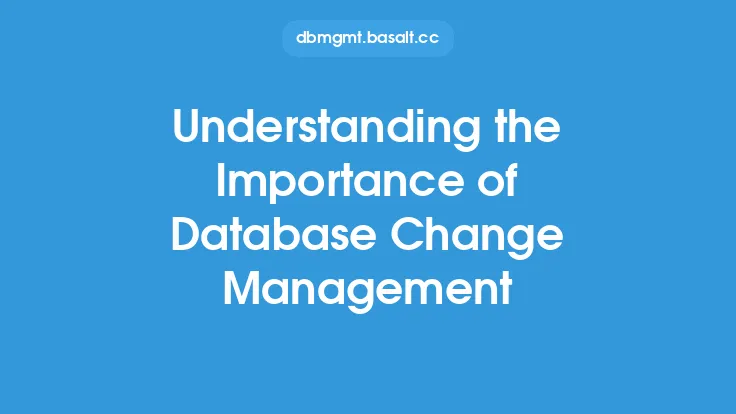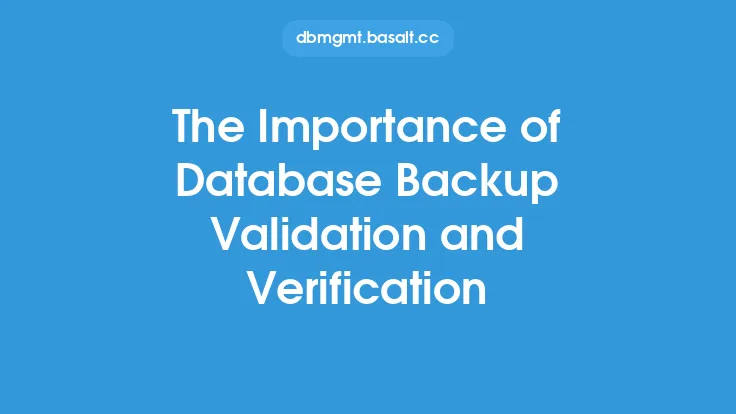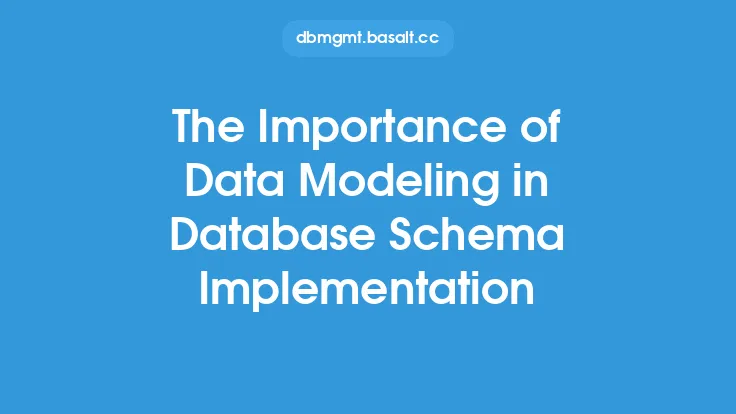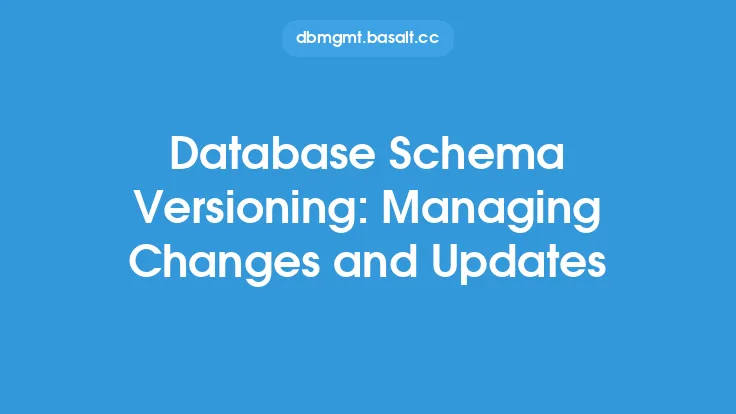Database schema documentation and version control are essential components of a well-designed and maintainable database. A database schema is the blueprint of a database, defining the structure and organization of the data it contains. As such, it is crucial to have a clear and concise documentation of the schema, as well as a system in place to track changes and updates to the schema over time.
Introduction to Database Schema Documentation
Database schema documentation is the process of creating and maintaining a detailed record of the database schema, including the relationships between different tables, columns, and other database objects. This documentation serves as a reference guide for developers, administrators, and other stakeholders, providing a clear understanding of the database structure and how it supports the application or system it is a part of. Good database schema documentation should include information such as table and column definitions, data types, relationships between tables, and any constraints or rules that govern the data.
Benefits of Database Schema Documentation
There are several benefits to having good database schema documentation. Firstly, it provides a clear understanding of the database structure, making it easier for new developers to get up to speed with the application or system. Secondly, it helps to ensure data consistency and integrity, by providing a reference guide for data entry and validation. Thirdly, it facilitates communication between different teams and stakeholders, providing a common language and understanding of the database schema. Finally, it makes it easier to identify and fix errors, by providing a clear understanding of how the different components of the database interact with each other.
Introduction to Database Schema Version Control
Database schema version control is the process of tracking changes to the database schema over time, and managing different versions of the schema. This is typically done using a version control system, such as Git or SVN, which allows developers to track changes to the schema and revert back to previous versions if necessary. Database schema version control is essential for maintaining a stable and consistent database, as it allows developers to track changes and updates to the schema, and ensure that the database remains in a consistent state.
Benefits of Database Schema Version Control
There are several benefits to using database schema version control. Firstly, it allows developers to track changes to the schema, and identify who made the changes and when. Secondly, it provides a history of changes, making it easier to revert back to previous versions of the schema if necessary. Thirdly, it facilitates collaboration between different teams and stakeholders, by providing a clear understanding of the changes that have been made to the schema. Finally, it helps to ensure data consistency and integrity, by providing a clear understanding of how the different components of the database interact with each other.
Tools and Techniques for Database Schema Documentation and Version Control
There are several tools and techniques available for database schema documentation and version control. Some popular tools include database design tools such as Entity-Relationship diagrams, data modeling tools such as ERwin, and version control systems such as Git and SVN. Additionally, there are several techniques that can be used to document and version control a database schema, including data dictionary, data catalog, and schema comparison.
Best Practices for Database Schema Documentation and Version Control
There are several best practices that can be followed to ensure good database schema documentation and version control. Firstly, it is essential to establish a clear and consistent naming convention for database objects, such as tables and columns. Secondly, it is essential to use a standard format for documenting the schema, such as a data dictionary or data catalog. Thirdly, it is essential to use a version control system to track changes to the schema, and to establish a clear process for managing different versions of the schema. Finally, it is essential to regularly review and update the documentation, to ensure that it remains accurate and up-to-date.
Challenges and Limitations of Database Schema Documentation and Version Control
There are several challenges and limitations to database schema documentation and version control. Firstly, it can be time-consuming and labor-intensive to create and maintain good documentation, particularly for large and complex databases. Secondly, it can be difficult to keep the documentation up-to-date, particularly in environments where the schema is changing rapidly. Thirdly, it can be challenging to establish a clear and consistent naming convention, particularly in environments where there are multiple stakeholders and teams involved. Finally, it can be difficult to balance the need for flexibility and adaptability with the need for stability and consistency, particularly in environments where the schema is subject to frequent changes.
Conclusion
In conclusion, database schema documentation and version control are essential components of a well-designed and maintainable database. Good database schema documentation provides a clear understanding of the database structure, while database schema version control provides a way to track changes to the schema over time. By following best practices and using the right tools and techniques, developers and administrators can ensure that their database schema is well-documented and version-controlled, making it easier to maintain and evolve the database over time.

